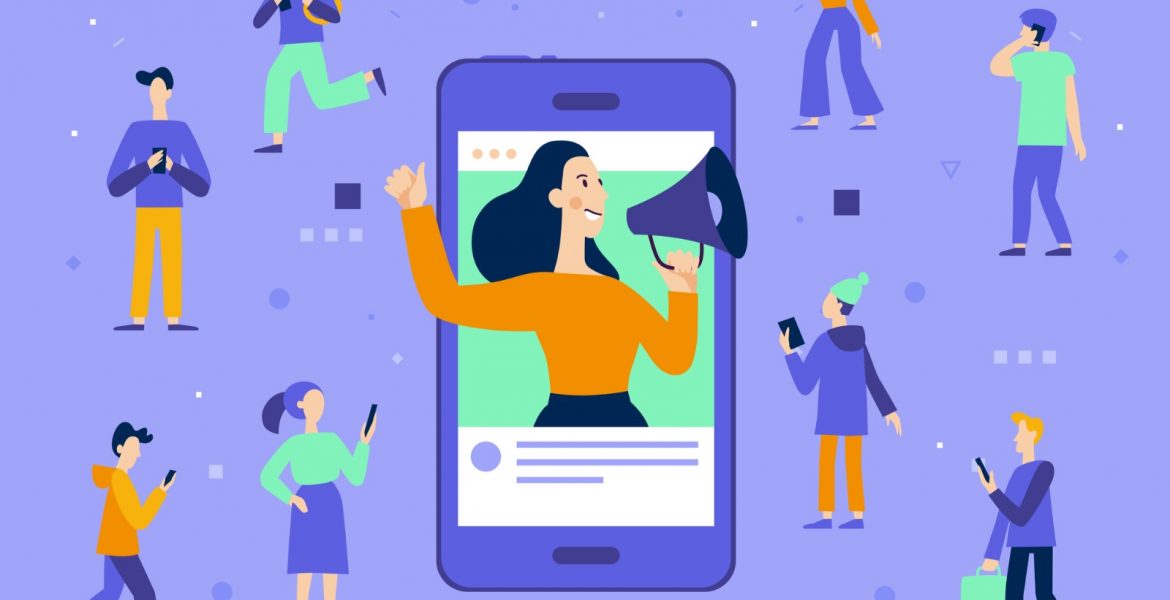While many may think of the word “engagement” as a buzzword, here’s the truth: customer engagement is a critical component for success for brands across all industries. After all, brands are increasingly fighting for consumer attention. Luckily, from machine learning to loyalty programs, there are plenty of actionable strategies to fortify your relationship with customers. Let’s dive in.
Maximize Loyalty Programs
Research shows that it costs 5 to 25 times more to acquire a new customer than selling to an existing customer. Plus, existing customers spend 67% more. So, it goes without saying that repeat customers are an invaluable asset. One key way to keep customers engaged is through loyalty programs. Of course, not all loyalty programs are created equally. The types of rewards a grocery store offers are vastly different from an airline’s rewards. However, across all industries, 77% of loyalty programs fail within the first two years — namely because of an inability to effectively tap into data.
A shining example of a customer loyalty program that works is Amazon Prime, and it shows in the numbers. Amazon actually loses an estimated $1 billion per year on Prime free shipping, but Prime customers spend an average of $1,200 per year on the site (compared to the $500 per year from non-Prime customers) — so, Amazon more than makes up for the loss.
So, if you’re not an Amazon of the world, how do you ensure your loyalty program succeeds? One way is by using machine learning (ML) to improve it. With the right team and enough data, models often take less than two months to build and train. As for how you can use it to improve a loyalty program, it depends on what metrics are most important to your team. Start with questions like: Which customers are most likely to engage with our offers? Are certain types of offers more likely to boost loyalty? From there, an ML model can work to identify patterns and help answer your biggest questions — allowing your team to better organize your loyalty strategy.
The travel industry highlights how machine learning can help identify patterns to boost loyalty program success. American Airlines, for example, is known for sending highly personalized messages to their reward members. That personalized messaging includes information about frequent flyer miles and upgrades, but also about flight information and what to do once a customer reaches their scheduled destination. In part, these personalized recommendations are created based on behavioral data from similar customers who made purchases in the past.
Personalize User Interactions
If you’re not personalizing, you’re losing a huge chunk of business — research has shown an overwhelming 91% of consumers are more likely to shop with brands who provide recommendations and offers they find personally relevant.
If you’re still not convinced, here are some more statistics: about 80% of consumers are more likely to purchase a product or service from a brand offering personalized experiences, and 72% of consumers say they only engage with marketing if it has a personalized message.
So, where is the best place to start with building a meaningful personalization strategy? Let’s circle back to loyalty programs for a moment. To customize user experience, loyalty programs can provide a treasure trove of information on consumer habits, preferences and interests. Take a cue from Caffè Nero, a UK-based coffee house chain that used loyalty program data to achieve meaningful personalization. The company targeted loyalty cardholders with a three-point personalization strategy built with behavior mapping and persona segmentation. Effectively, the customer loyalty program doubled as a data collection center at every customer touchpoint, allowing the business to see exactly where a customer was in their buyer’s journey and provide tailored content based on their touchpoints.
Additionally, your team can personalize user interactions by leveraging zero-party data. Zero-party data — or information that customers proactively share with your business — can be collected by enticing customers with experiences like surveys, quizzes, and questionnaires. Plus, zero-party data has become more important than ever to emphasize in light of upcoming data privacy laws like CCPA.
Gathering Holistic Audience views
To engage your customers, you need to know who they are. Between data management platforms, customer data platforms, and all the other platforms marketers use, it can be hard to achieve that sort of understanding. By merging cross channel data with data orchestration, marketers will be able to make data-driven decisions when it comes to rolling out campaigns. In terms of engagement, this means understanding what messaging works, how audiences from different channels intersect and the best way to personalize cross-channel strategy (whether it’s online or offline.)
When companies use data orchestration, they are combining the best features of DMP and CDP. More specifically, data orchestration merges disparate data sources and with that centralized data, creates holistic customer views, which can be sliced and diced by channel, device or segment. Data orchestration also provides marketers with a single place to activate audience data across all channels. Any data collected from campaigns in a data orchestration platform is automatically fed back into the system for continual iteration and improvement. The result? An ability to truly understand customers and their behavior no matter where they interact with your brand — increasing inter-departmental transparency, minimizing manual reporting and maximizing opportunity for meaningful customer connections.
At the end of the day, boosting your customer engagement takes experimentation and patience. Companies must make major investments to perform a true overhaul, but ultimately, finding the right combination of what works (and learning from what doesn’t) will translate to improvements in customer satisfaction and loyalty long-term.

